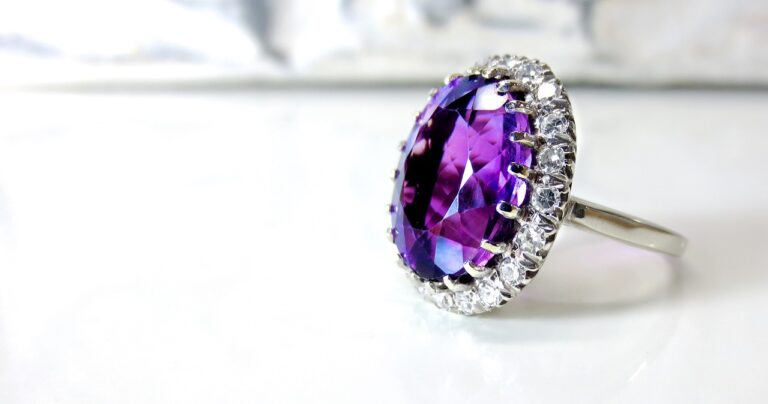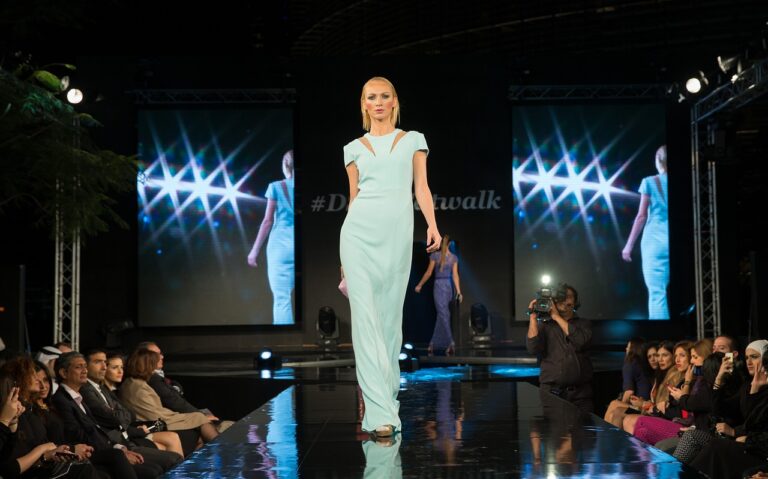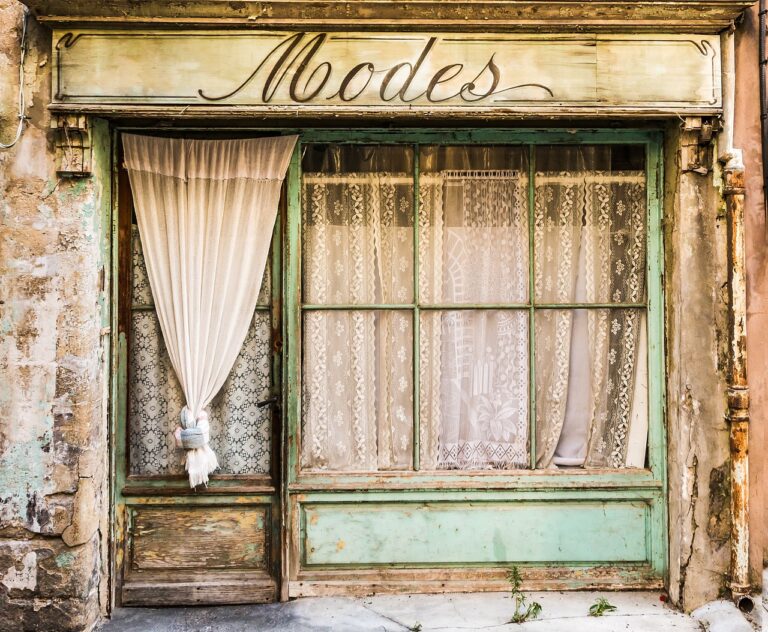The Influence of Nostalgia on Fashion Trends
Fashion trends change rapidly, reflecting the dynamic and ever-evolving nature of society. From the elegant silhouettes of the Victorian era to the bold and colorful styles of the 1980s, fashion has always been a mirror of the cultural zeitgeist. As times change, so do our sartorial choices, influenced by a myriad of factors such as technology, social movements, and even global events.
The evolution of fashion trends is a cyclical process, with styles from the past often finding their way back into the mainstream. This cycle of nostalgia and reinvention can be seen in the resurgence of high-waisted jeans from the 90s or the revival of 70s bohemian prints. Designers often draw inspiration from the past while infusing their creations with a modern twist, creating a seamless blend of retro and contemporary aesthetics in the ever-changing landscape of fashion.
The evolution of fashion trends is influenced by a myriad of factors such as technology, social movements, and global events
Fashion trends change rapidly to reflect the dynamic nature of society
Styles from the past often find their way back into the mainstream in a cyclical process
Designers draw inspiration from the past while infusing their creations with a modern twist
The Role of Cultural Influence in Fashion
Fashion is a reflection of our cultural values, traditions, and beliefs. Different cultures around the world contribute to the rich tapestry of styles and trends that shape the fashion industry. From traditional garments to contemporary streetwear, cultural influences play a significant role in defining what is considered fashionable.
Moreover, the globalization of the fashion industry has led to the blending of various cultural elements, resulting in innovative and eclectic styles. Designers today draw inspiration from a multitude of cultural sources, creating unique and diverse collections that appeal to a global audience. Cultural influence in fashion not only celebrates diversity but also promotes cross-cultural understanding and appreciation.
How Nostalgia Shapes Current Fashion Trends
Nostalgia plays a significant role in shaping current fashion trends by drawing inspiration from past styles and eras. Fashion designers often look back to previous decades for ideas, recycling and reinventing vintage looks to create modern and trendy pieces. By incorporating elements such as retro silhouettes, colors, and patterns, fashion brands tap into consumers’ desire for nostalgia and connection to the past.
Moreover, nostalgia in fashion allows individuals to express their personal identities and affiliations with particular time periods. Wearing clothing that reminisces about the past can evoke feelings of comfort, familiarity, and sentimentality. From 90s streetwear to 70s bohemian chic, embracing nostalgic fashion trends enables people to pay homage to the styles that have influenced and shaped their fashion choices over the years.
How do fashion trends evolve over time?
Fashion trends evolve through a combination of societal influences, cultural movements, and individual creativity.
What role does cultural influence play in shaping fashion trends?
Cultural influence plays a significant role in shaping fashion trends as different cultures bring unique styles, traditions, and aesthetics to the fashion world.
How does nostalgia influence current fashion trends?
Nostalgia influences current fashion trends by bringing back elements from the past that evoke feelings of familiarity, comfort, and nostalgia for a certain time period or cultural movement.
Why do fashion designers often look to the past for inspiration?
Fashion designers often look to the past for inspiration because historical fashion trends, styles, and aesthetics can provide a rich source of creativity and innovation for modern designs.
How does nostalgia impact consumer behavior in relation to fashion?
Nostalgia can impact consumer behavior in relation to fashion by creating a sense of emotional connection to a particular trend or style, leading consumers to seek out and purchase items that remind them of a past era.







